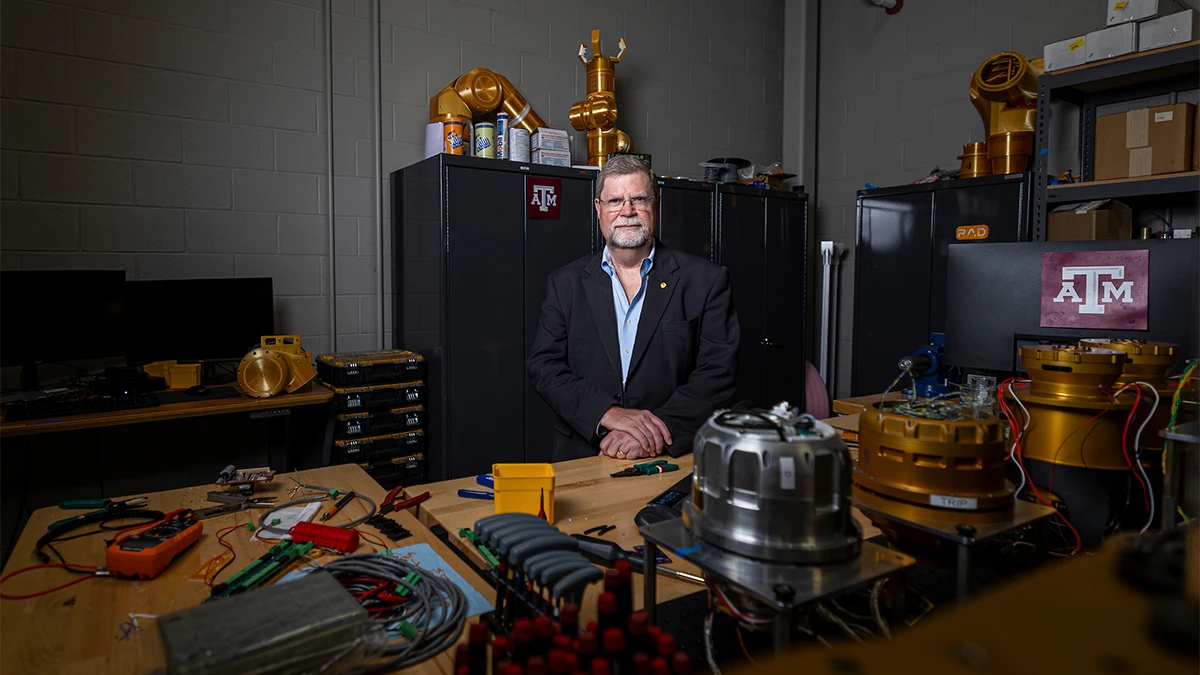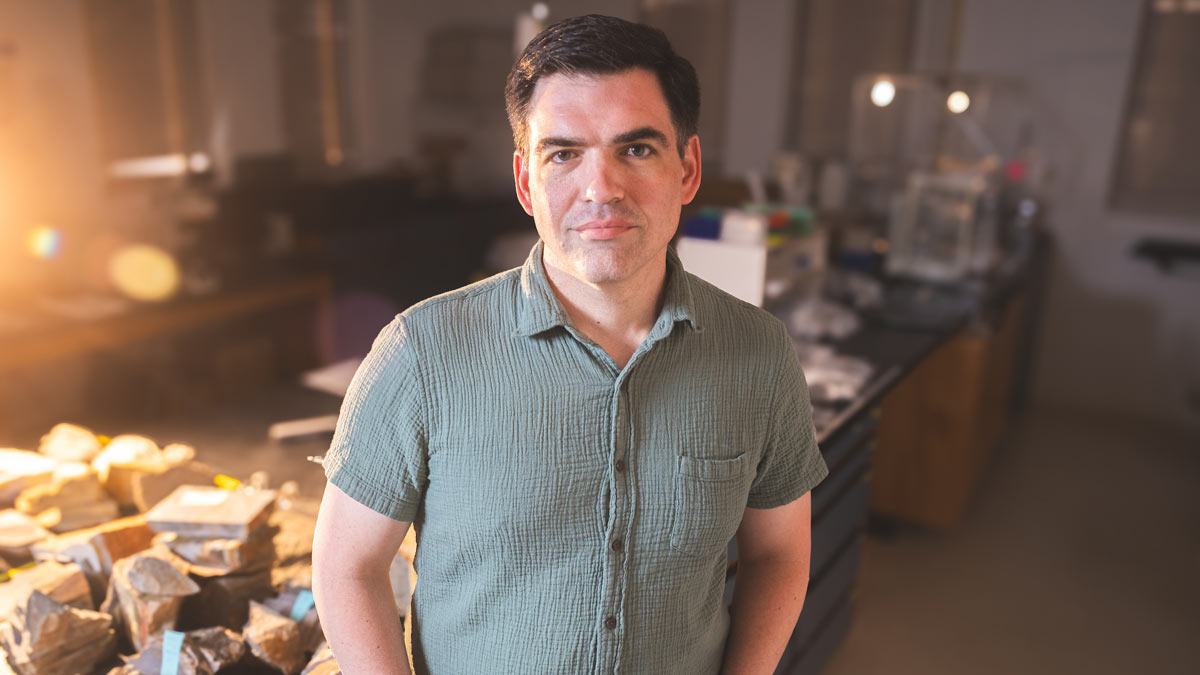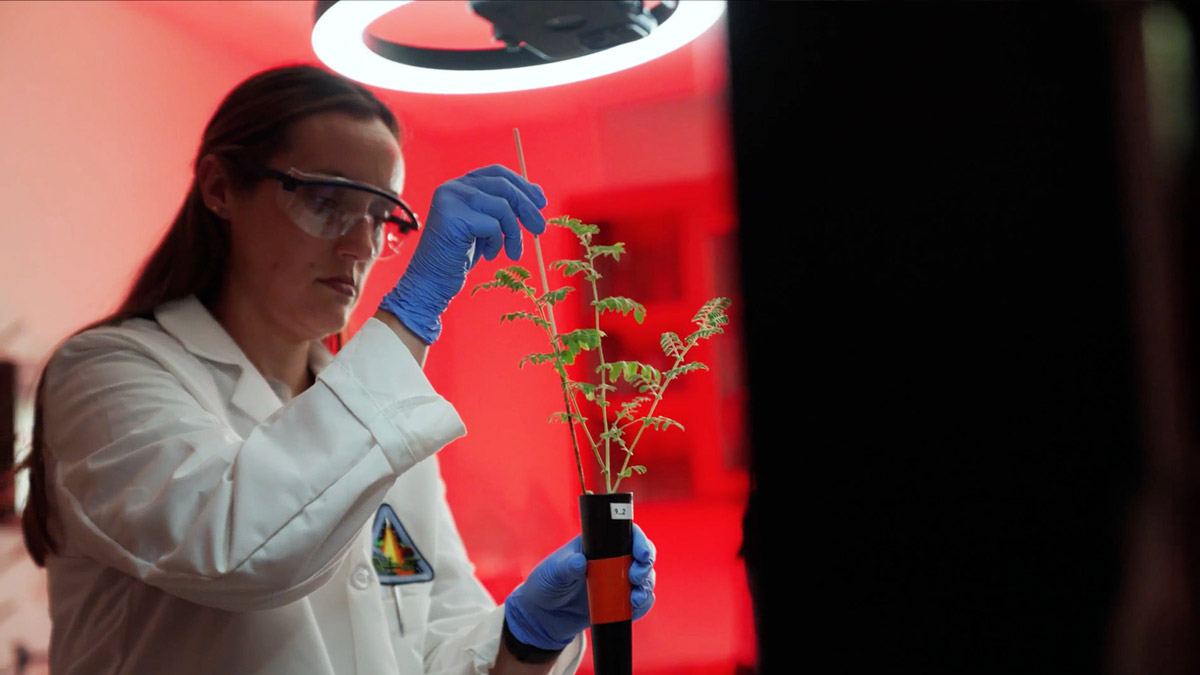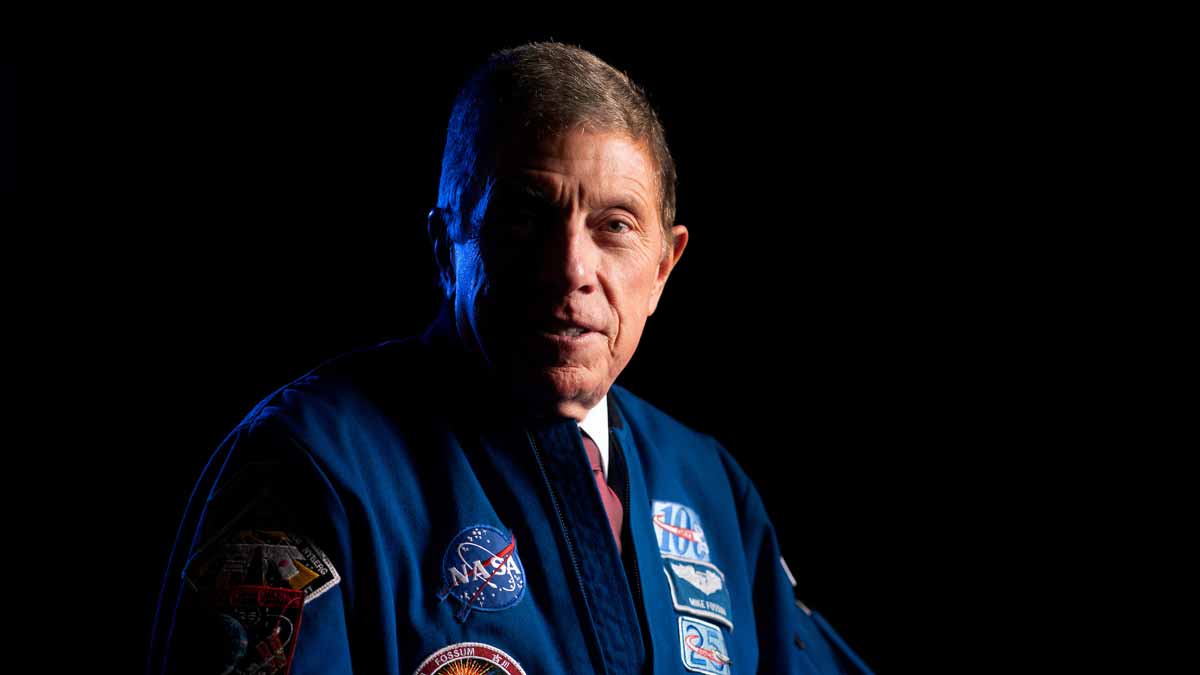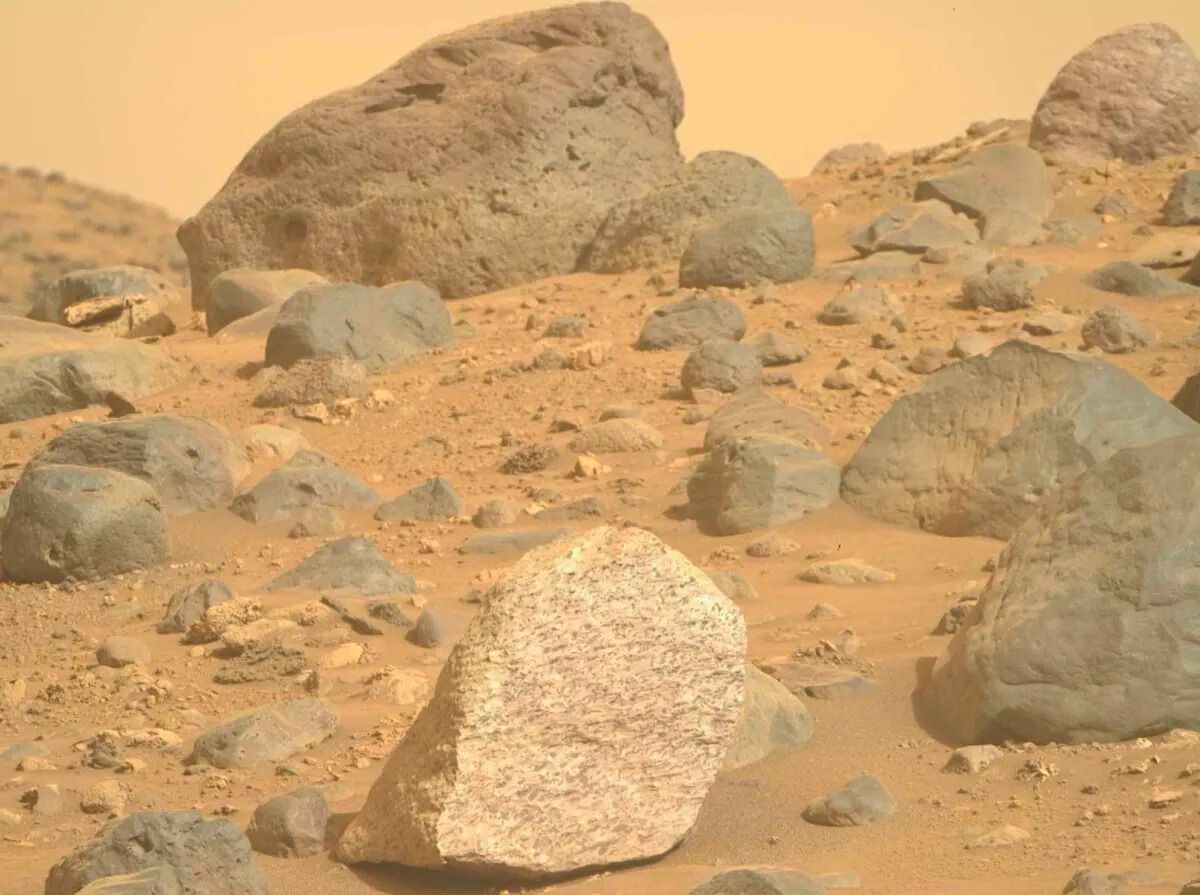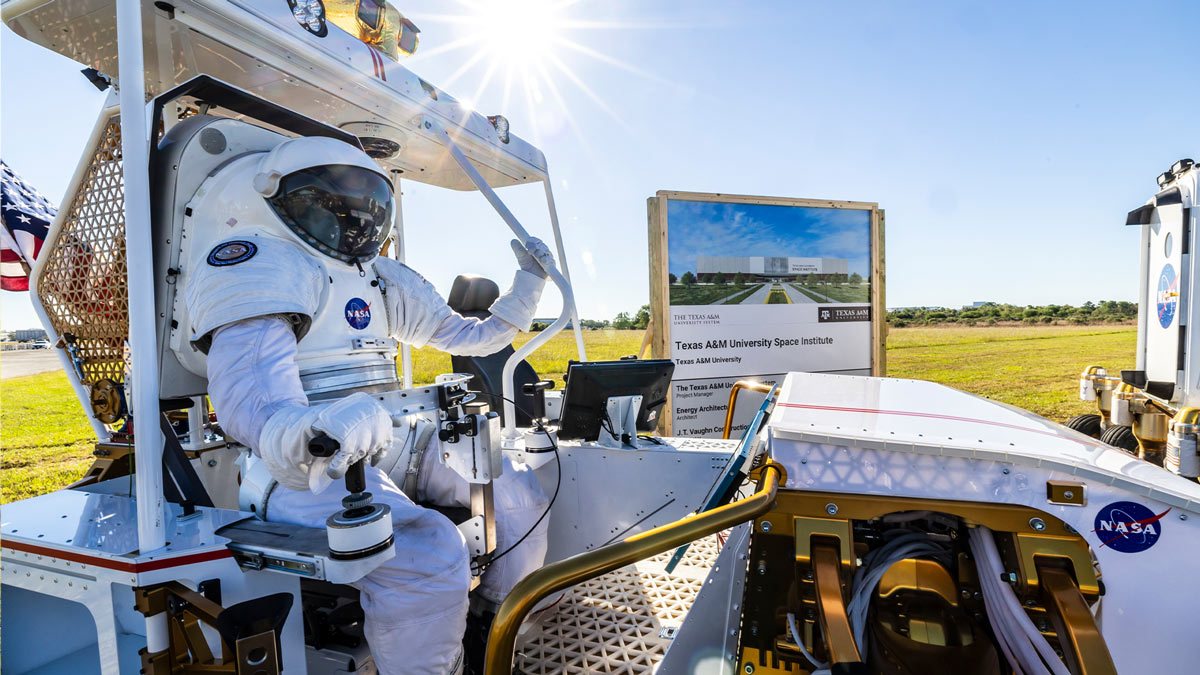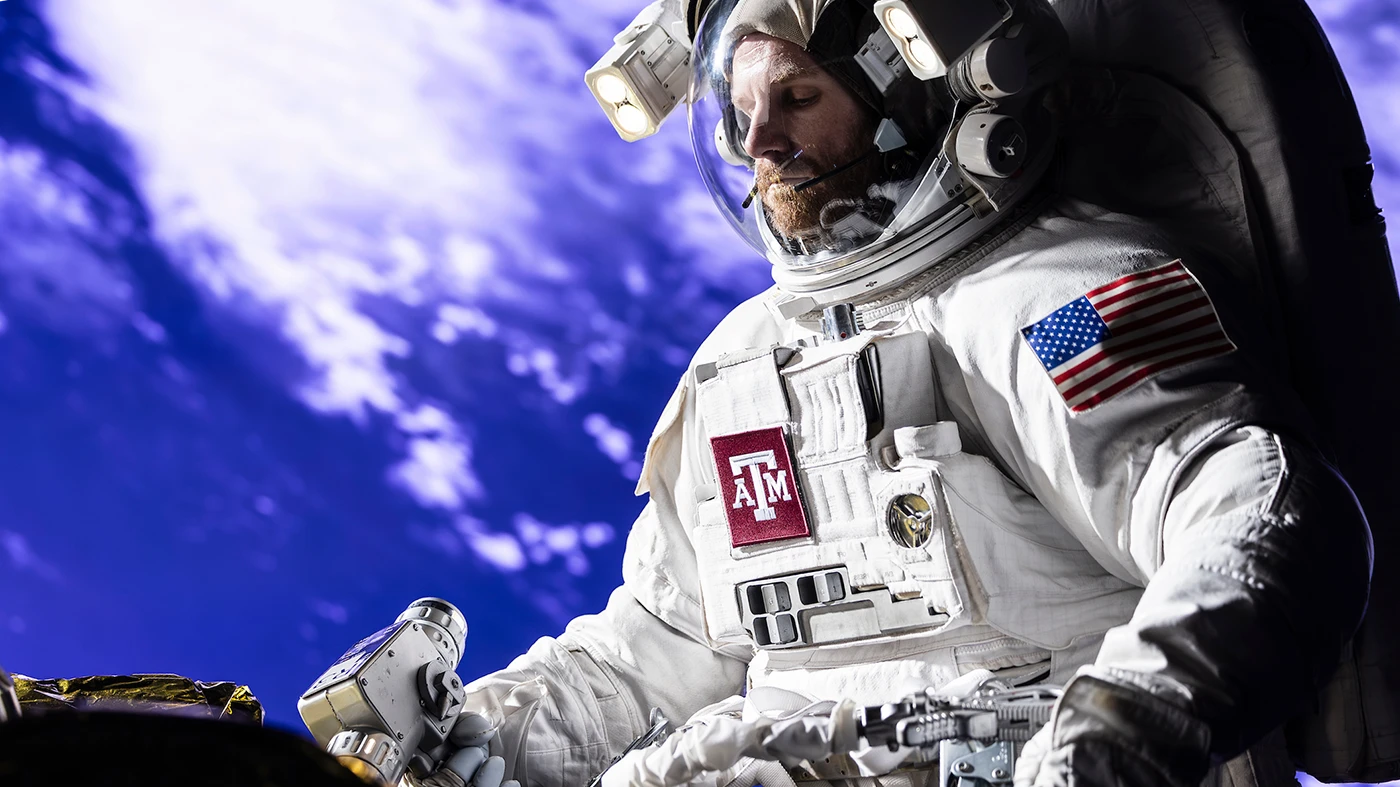
Space
With astronauts at the helm of critical research and educational programs at Texas A&M University and labs that support space pioneering from ground control to the stars, Texas A&M perpetuates a sense of wonder and a pattern of innovation in space exploration.

From the Newsroom
Texas A&M University researchers are investigating how changes in gravity affect cardiovascular function.
Graduate students in the aptly named “RAD Lab” are working to improve RoboBall, the robot in an airbag.
A Texas A&M geologist says recent findings from the Perseverance rover may point to the presence of past microbial life on ancient Mars.
Living Up to Our Space-Grant Legacy
Texas A&M has its eyes on the stars — and is conducting space-based research across multiple disciplines.
Subscribe to our Newsletter
Subscribe to the Texas A&M Today newsletter for the latest news and stories.

